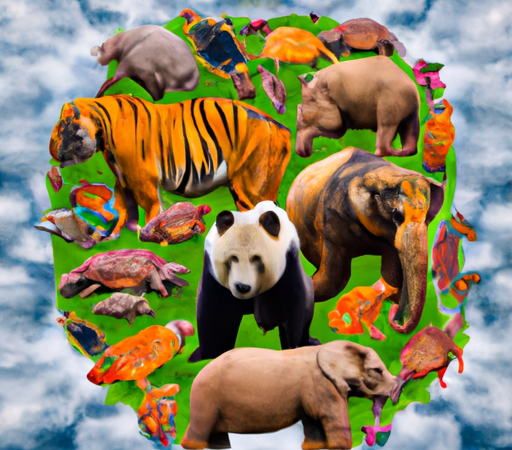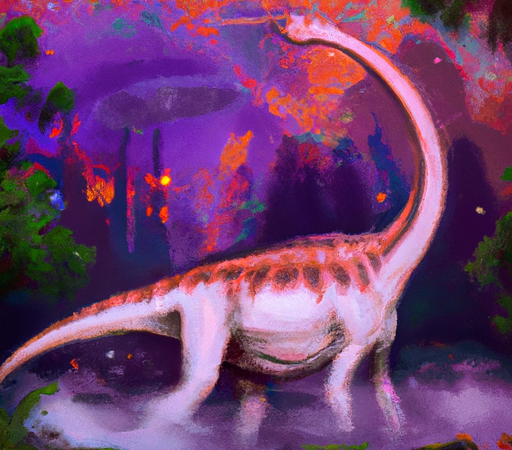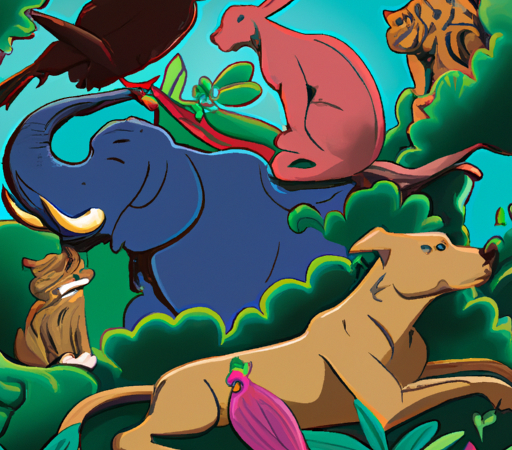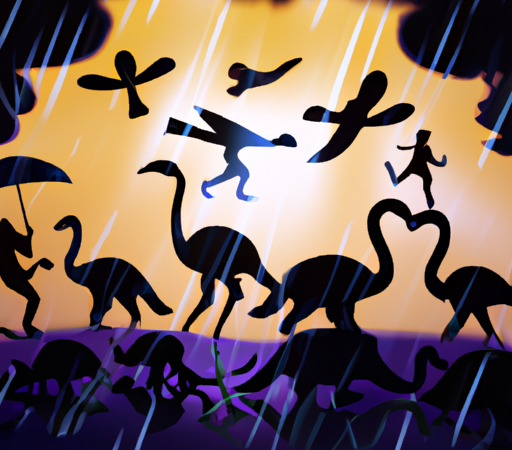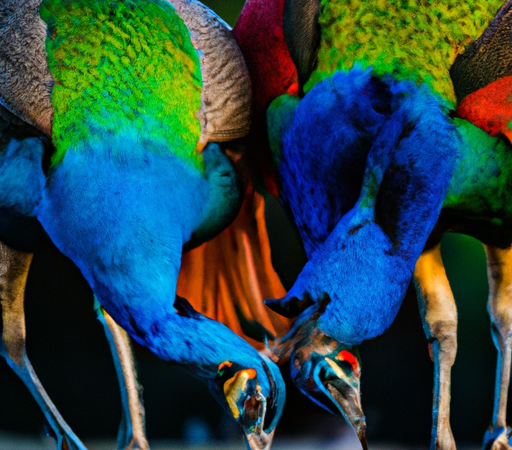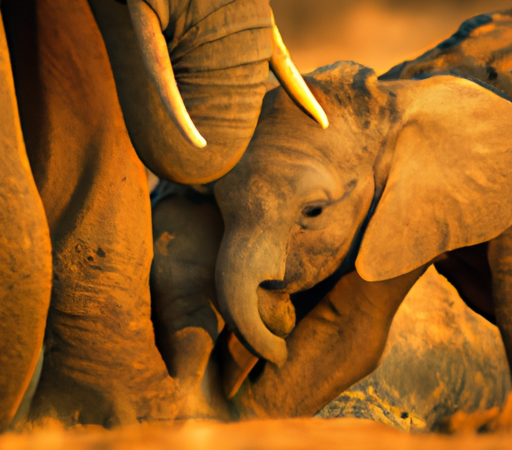Unseen Predators: Camouflaged Creatures in the Animal Kingdom
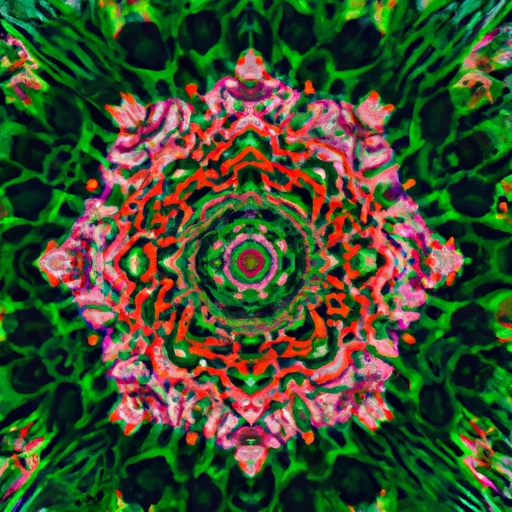
Unseen Predators: Camouflaged Creatures in the Animal Kingdom
In the vast and diverse animal kingdom, survival often depends on the ability to hide from predators or stalk potential prey unnoticed. One remarkable adaptation that has evolved in many species is camouflage. These amazing animals have developed the ability to blend seamlessly into their surroundings, becoming virtually invisible.
Camouflage is a strategy used by animals to exploit their environment's visual features, resembling the colors, patterns, or textures of their surroundings. This adaptation helps them to remain undetected, giving them a significant advantage in both hunting and avoiding becoming prey themselves.
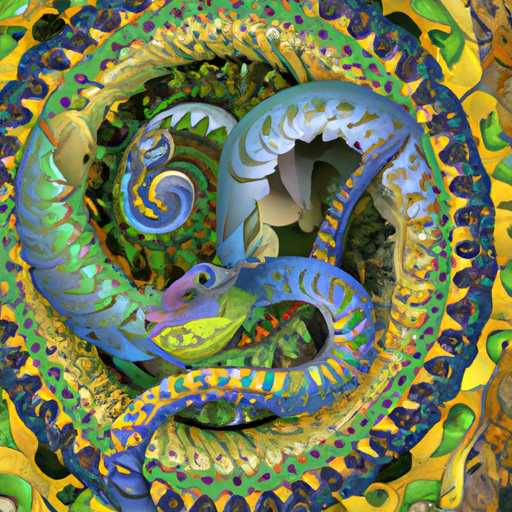
One iconic example of camouflage is chameleons. These small reptiles are famed for their exceptional ability to change color, allowing them to blend seamlessly into their backgrounds. Chameleons are capable of producing various hues and patterns, which they use for communication, temperature regulation, and camouflage. This natural innate camouflage helps them to remain hidden from predators, while also aiding in surprising their prey.
Another intriguing example of camouflage in the animal kingdom is the leaf-tailed gecko. These reptiles are masters of disguise, blending in flawlessly with their environment in a way that makes them look like leaves. With their flattened bodies, fringed edges, and intricate patterns, they can remain virtually invisible even when just a few inches away from an observer. This impressive defense strategy has allowed many leaf-tailed gecko species to thrive in the dense forests they call home.
But it's not just reptiles that master the art of camouflage; insects have also perfected this survival technique. The walking stick insect, aptly named for its stick-like resemblance, is a master of disguise. These insects have evolved to look like twigs, with colors and patterns that mimic their surroundings perfectly. Walking sticks rely on their camouflage to hide from predators in trees and bushes, making it nearly impossible to distinguish them from their environment.
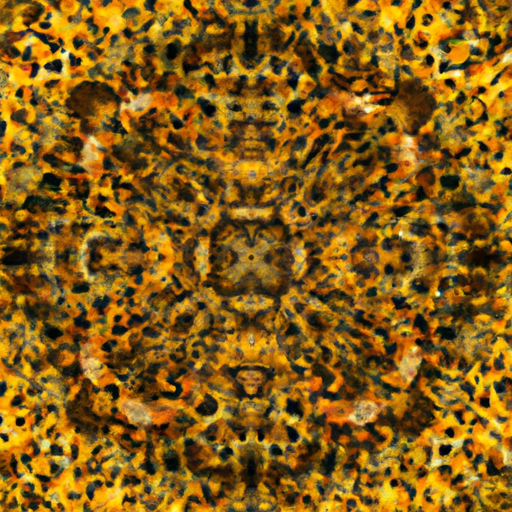
Marine environments are also home to unseen predators that use camouflage to their advantage. The octopus, for example, is a creature renowned for its ability to blend in with its surroundings. It has the remarkable ability to change both its appearance and texture by altering the pigments in its skin, allowing it to mimic the colors and patterns of the ocean floor or nearby coral reefs. Octopuses use camouflage primarily as a defense mechanism, but they can also employ it to launch stealthy surprise attacks on unsuspecting prey.
In addition to these well-known examples, countless other animals have developed remarkable camouflage strategies. Some can mimic specific objects, such as scorpionfish, which have evolved to resemble rocks or algae, while others can change their appearance to match different seasons, like the Arctic fox, which turns white in winter to blend in with the snowy landscape.
The adaptations for camouflage in the animal kingdom are a testament to the incredible diversity of life on Earth. From reptiles and insects to marine creatures, nature's unseen predators have mastered the art of blending in, demonstrating the remarkable ways in which animals have evolved to survive and thrive in their environments.
Camouflage serves as one of nature's greatest tools, giving predators an upper hand and allowing prey to evade capture. The ability to remain unseen is a remarkable gift these creatures possess, highlighting the extraordinary level of adaptation that has taken place in the animal kingdom. Camouflaged creatures are living proof of the astonishing beauty and complexity that lies hidden in the natural world.

